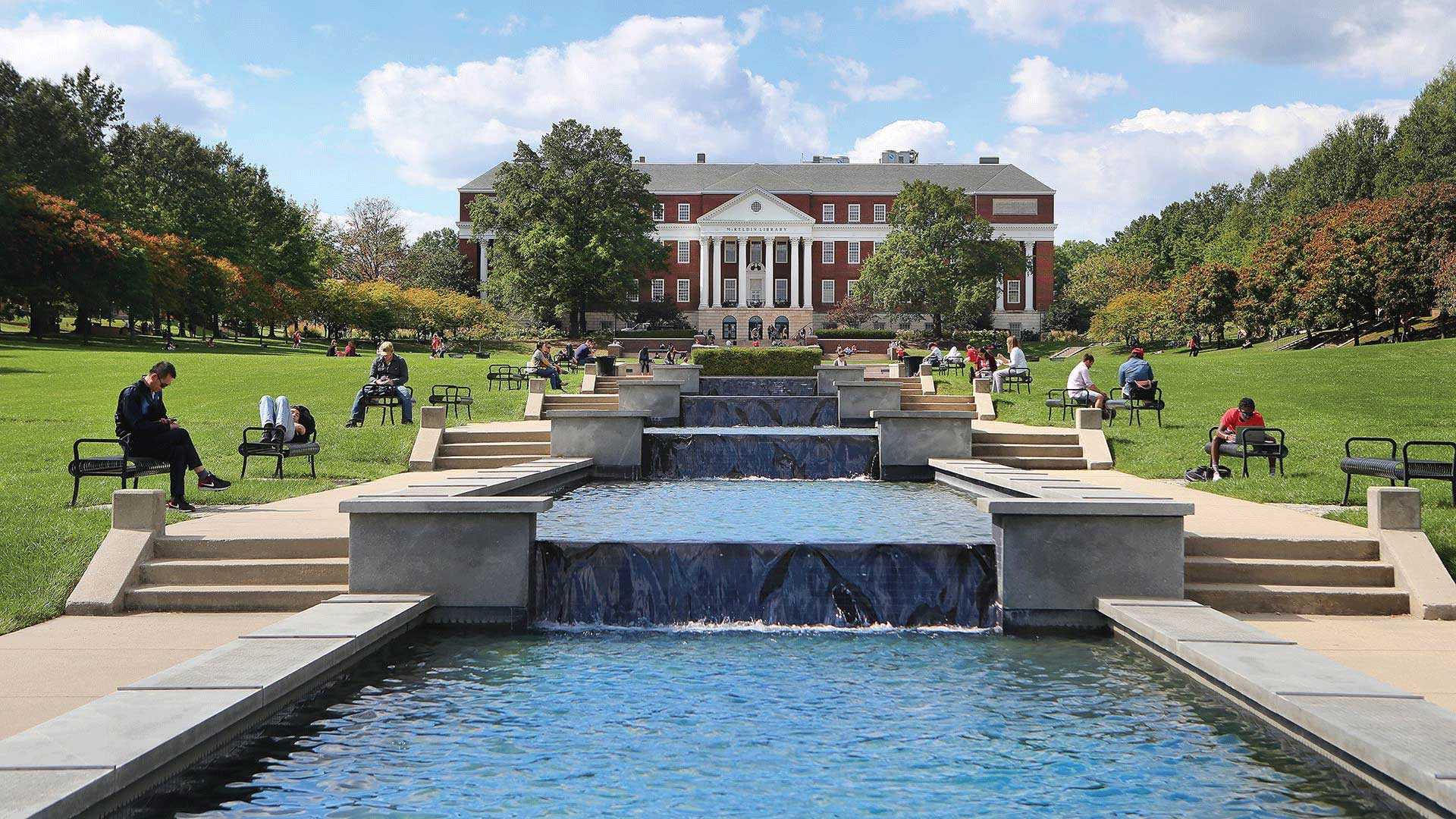Seminar: From enhanced Arctic amplification to Tropical Eastern Pacific and Southern Ocean cooling since 1980: The role of internal variability
- To

Abstract
The Arctic Amplification (AA) - the faster warming of the Arctic compared to the global average – is well captured by climate models, yet they underestimate the observed AA of over 4 since 1980. At the same time, observed cooling in the Tropical Eastern Pacific and Southern Ocean is largely absent in model simulations. Whether these discrepancies stem from internal variability or model biases remains debated. In this talk, we introduce a machine learning approach to isolate Internal temperature trends in observations. We find that internal variability has enhanced Arctic warming but suppressed global warming since 1980, increasing observed AA from 3.0 to 4.2. We reveal that Internal variability manifested as Global Cooling and Arctic Warming (i‐GCAW) is rare in CMIP6 large ensembles, but simulations that produce i‐GCAW exhibit a robust internally driven global surface air temperature (SAT) trend pattern, showing enhanced warming in the Barents and Kara Sea but cooling in the Tropical Eastern Pacific and Southern Ocean. These results highlight the critical role of internal variability in reconciling observed and modeled surface temperature trends.